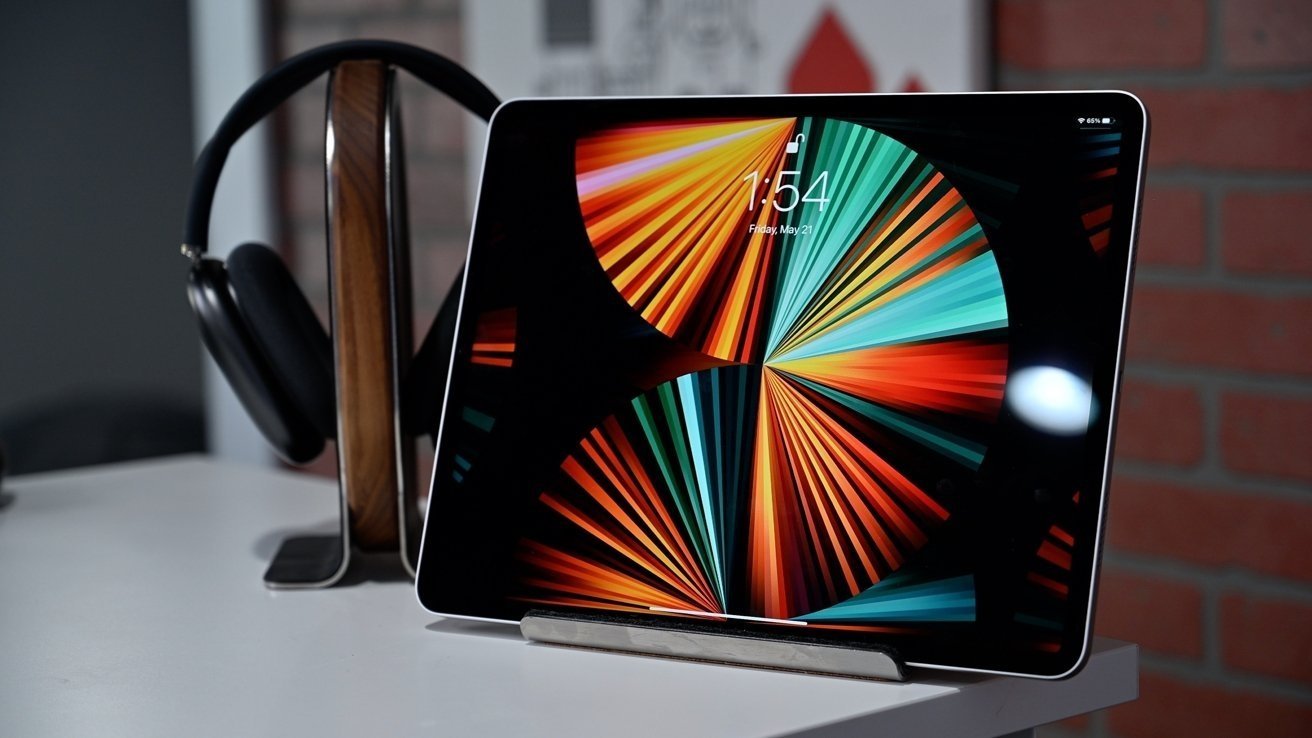Foxconn is moving into the AR glasses market, and that will also help Apple use microLED displays in future products. Here’s how.
Apple has gradually changed the display technologies it uses in its products over the years. After using TFT, OLED, and mini LED, the next shift to microLED could end up being helped by an investment by a supply chain partner.
In a Tuesday announcement, Foxconn revealed a partnership with Porotech, a company working in the augmented reality industry, with a background in display technology. Under the partnership, Foxconn will be entering the AR glasses market, with the two working on microLED wafer processing and optical module packaging.
This will include the establishment of a microLED wafer processing production line in Taichung, Taiwan. Mass production of wafers and modules will be starting in Q4 2025.
Sensing AR to be a “promising growth area,” Foxconn also anticipates the facility will be able to “cater to the needs of future mainstream global clients.”
By this, Foxconn almost certainly will include Apple as a microLED panel client in the future. However, despite Foxconn’s overtures of making displays for headsets, Apple’s needs will be more general in nature.
MicroLED vs older display tech
MicroLED is a technology that, as the name suggests, uses miniature LEDs to create a display. TFT displays rely on backlighting, which includes LEDs or sometimes miniLED, as seen in the MacBook Pro, to produce the light itself.
OLED doesn’t use a backlight as it uses a self-illuminating material in each pixel, resulting in a brighter and more vivid display with true-black pixels. However, OLED is relatively expensive to produce due to handling the organic self-illuminating material.
MicroLED uses tiny LEDs piled together on a substrate, which are more durable than OLED. At the same time, being LEDs, they emit light without needing a backlight, just like OLED.
Using small collections of microLEDs to emit red, green, and blue light, each pixel can be made without requiring a color-filtering layer. The technique could also offer considerable power and cost-saving benefits over OLED.
Apple’s MicroLED ambitions
The most obvious use of microLED is to use it for headsets, since it can produce very bright, very pixel-dense displays. However, Apple has a considerable history working on the technology, and for other purposes.
Reports in the past include its acquisition of microLED specialist LuxVue in 2014. This was followed by a 2018 discovery of a secret engineering and manufacturing facility for microLED research.
Previous reports have offered the prospect of using microLED displays on the Apple Watch, possibly introducing models using it by 2025, despite technical setbacks.
Reports have also put forward the idea that the use in Apple Watch displays is a precursor to using the technology in an iPhone update.
Back in 2019, Foxconn was reportedly developing its own microLED tech, with a view to snagging future iPhone display orders from Apple. A time long before the advent of the Apple Vision Pro.
Foxconn’s move certainly has applications for future headset production at Apple. But even it seemingly knew that the tech would have a much wider, and more lucrative, appeal to Apple beyond a wearable display.





